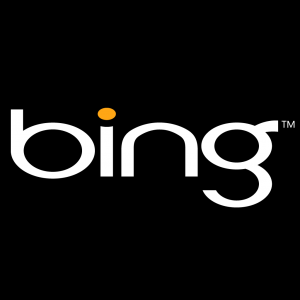 The most prominent figures in search engine marketing must get tired of hearing the same old fables and myths that seem to fill the SEM market. Even when well-known employees of search engines like Google’s Matt Cutts and Bing’s Duane Forrester give clear-cut answers to common questions about SEO, PPC, and social media, their answers tend to be met with skepticism and derision.
The most prominent figures in search engine marketing must get tired of hearing the same old fables and myths that seem to fill the SEM market. Even when well-known employees of search engines like Google’s Matt Cutts and Bing’s Duane Forrester give clear-cut answers to common questions about SEO, PPC, and social media, their answers tend to be met with skepticism and derision.
Of course, as employees of the search engines they represent, it is fair to be critical of public statements that Cutts and Forrester make, but the level of mistrust between SEO’s and major search engine employees tends to breed misinformation and myths which have to be regularly addressed.
This is why Matt Cutts regularly answers common questions in his Webmaster Help videos, but Forrester also frequently clears the air via the Bing Webmaster Blog. Forrester, Bing’s Senior Product Manager, recently took to the blog to give his own perspective on 10 of the most common questions in all of SEO. Let’s break down his responses together:
1. I need to rank #1
The main motivation for most businesses to hire professional SEO services is often to get to the top of rankings. Logic dictates (and studies back up) that sites appearing at the top of the rankings get the vast majority of traffic from search engines for queries. Unfortunately, as Duane points out, things have become vastly more complex. Search engines individualize rankings based on personal information such as location data and shopping habits, so the sites that appear in the top of your rankings may not be as high for someone else’s search.
On top of that, rankings are constantly fluctuating, so your time as king of the rankings won’t be as long lasting as you probably hoped. Duane also encourages site owners to not obsess over being on the first page as much, as click-through rates for top rankings on the second page often outperform click-through rates for lower positions on the first page.
2. My Title tag will save me
Title tags are quite important, but many overestimate the value of title tags in context of their other efforts on their site. A tag can help you perform better, but it can’t hide skipping all the other important steps of SEO. Often, bloggers will claim they must rely on title tags as many popular platforms don’t allow things like meta descriptions in their base code, but that argument is nullified by the number of plugins available that easily and quickly add them, as well as opening doors to many other aspects of SEO for you to play with. Treat your titles with care, but don’t invest all your care on just one spot.
3. Social is all I need
With the rise of social media, many brands have decided to forego their SEO efforts in favor of just engaging their users on a direct platform. This was likely brought about due to old SEO understandings where a concentrated effort on one aspect of your site was enough to boost rankings. However, things have changed quite drastically over the past few years. SEO is a holistic process now, where social, content, link strategies, optimization, and PPC all come into play together.
Forrester compares the process to making a quality seafood chowder. “Success depends on a complex mix of ingredients, freshness, and timing. One ingredient along won’t bring success, and yet without that one ingredient, you don’t have a chowder.”
4. Videos are all I need
People love online videos. Businesses love them because they are easier to produce than ever, while people love them because they can sit back and take in news or entertainment without having to parse long and complex article. But, they are far from a silver bullet. Videos also slow down page load times significantly, and search engines simply can’t understand them as well as written content. If you are going to lean heavily on videos for your marketing, Duane advises adding a transcript of the audio at the very least to benefit the search engines.
5. Buying ads helps my rankings
Matt Cutts devoted a sizable portion of one of his Webmaster Help videos recently to addressing this question once-and-for-all, but it should come as no surprise that some people just won’t listen. Duane is similarly blunt with disregarding the assumption ads can give you an inside lane to success on search engines. Quite simply, “no amount of ad buying will get you organically ranked higher […] The instant [an] engine starts determining ranking based on ads bought is the instant it loses credibility.”
6. I already make awesome content
You may be right, but you aren’t the best judge on the matter. You can have all the technical rules and standards of writing and grammar mastered, but if readers aren’t responding to your content then it needs improving. Grammar does play a big role in deciding how readers perceive you, but style, voice, and message can be even more important. You’ll know when you’re making great content that connects with visitors, because they will tell you.
7. Links are all that matter
I could devote dozens of pages to clarifying the current state of links in online marketing (and several others have), but the simplest description is that good links are still very valuable while bought, spammy, or otherwise improperly acquired links are more dangerous than ever. However, your site can’t succeed on the back of a good link profile alone. As Forrester explains, “links are part of the bigger picture. You want them, but you want them to feel natural. If an engine sees you growing [them] naturally, you’re rewarded with rankings. If they see you growing them unnaturally, you’re rewarded with penalties.”
8. Marking up my content will help it rank
No, there is no direct link to marking up content and better rankings. Marking up content helps search engines understand your content better, so it can be beneficial if you also have good content for the engine to parse. But, simply installing markup code doesn’t inherently boost rankings.
9. Usability is different than SEO
If we are arguing semantics, yes SEO and usability are different disciplines. As more time passes though, it can be hard to tell them apart. Both aim to improve a website for users, and a site with great technical SEO can still be penalized for poor usability such as slow load-times, buggy performance, or clear usability. What is the point of leading someone to your site if they can’t use it properly?
10. SEO is all I need
Doing only one thing doesn’t tend to lead to success. SEO sets the foundation for you to build upon, but it won’t get you where you want to go alone. However, anything you build without that foundation is likely to fall apart.

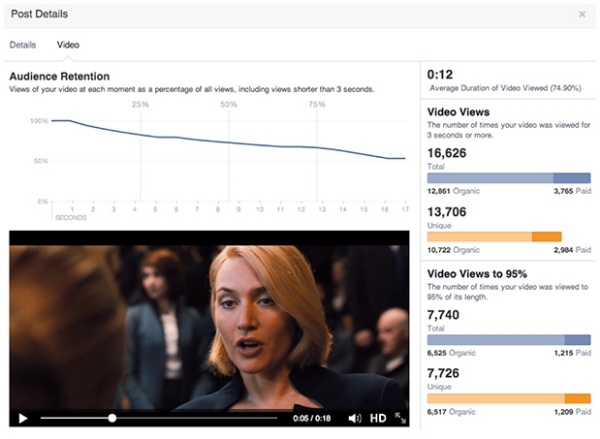
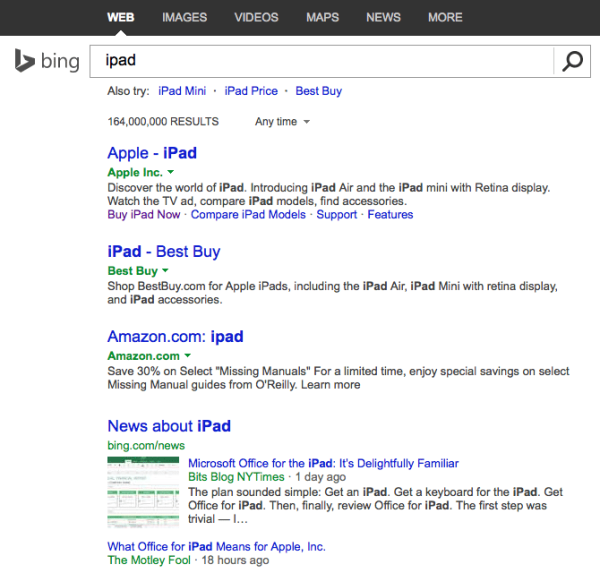
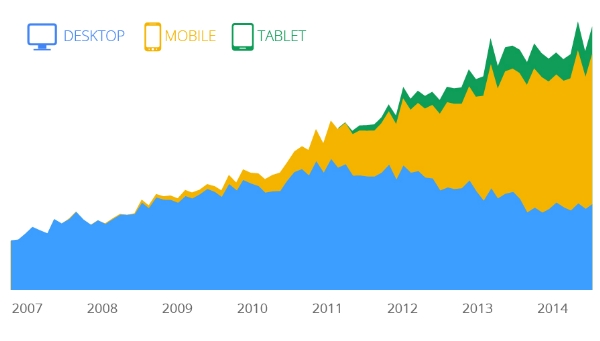

 Today’s local business owners are expected to know more than how to run a business. Without quality marketing, even a great business can get lost in the noise of their louder and more visible competition. Local business owners now have to understand the very basics of marketing, at the absolute least, or they have to find someone that does. However, marketing is anything but stable and new trends are constantly rising and receding, especially when it comes to online marketing.
Today’s local business owners are expected to know more than how to run a business. Without quality marketing, even a great business can get lost in the noise of their louder and more visible competition. Local business owners now have to understand the very basics of marketing, at the absolute least, or they have to find someone that does. However, marketing is anything but stable and new trends are constantly rising and receding, especially when it comes to online marketing.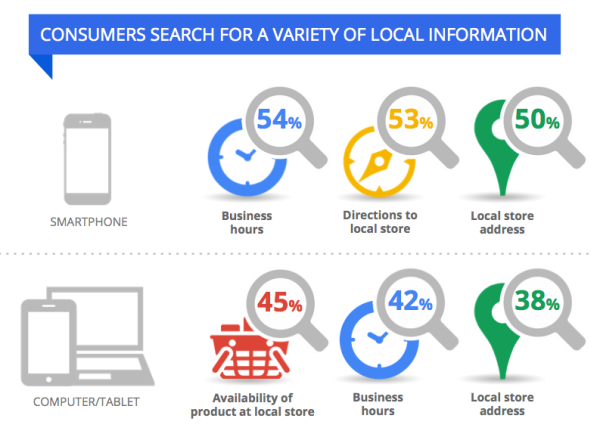
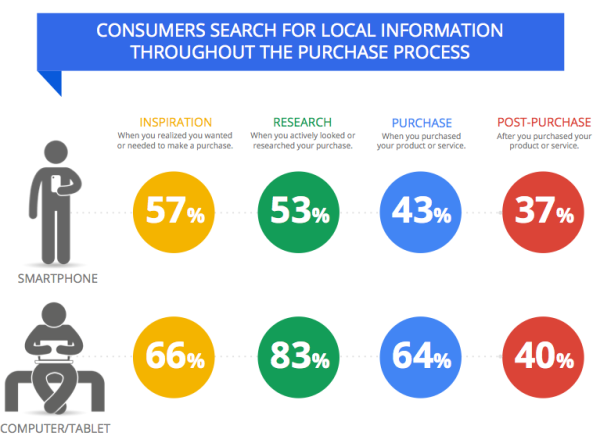
 Small businesses are constantly tasked with making the most of the limited resources they have. If you are handling your online marketing within your company, chances are you are putting a significant amount of resources towards your marketing. While marketing obviously costs money, it also costs time and effort from workers and you likely aren’t getting the results you really want from your efforts.
Small businesses are constantly tasked with making the most of the limited resources they have. If you are handling your online marketing within your company, chances are you are putting a significant amount of resources towards your marketing. While marketing obviously costs money, it also costs time and effort from workers and you likely aren’t getting the results you really want from your efforts.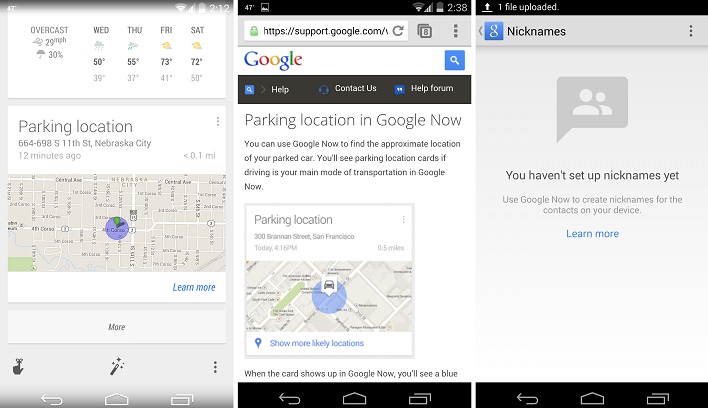
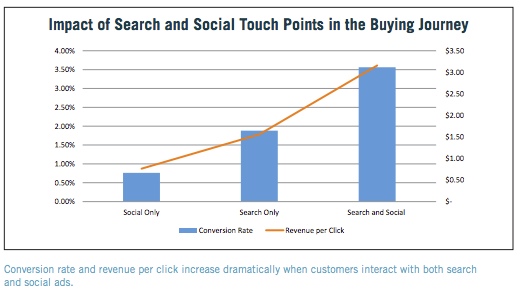
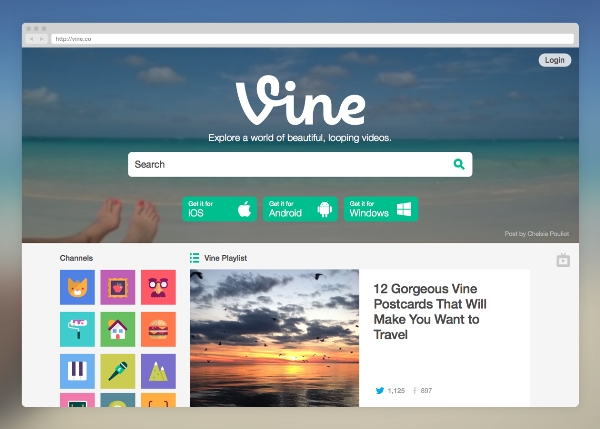
 Last night, an anonymous person claiming to have worked for the Google AdSense department “for several years” posted a statement titled “
Last night, an anonymous person claiming to have worked for the Google AdSense department “for several years” posted a statement titled “

